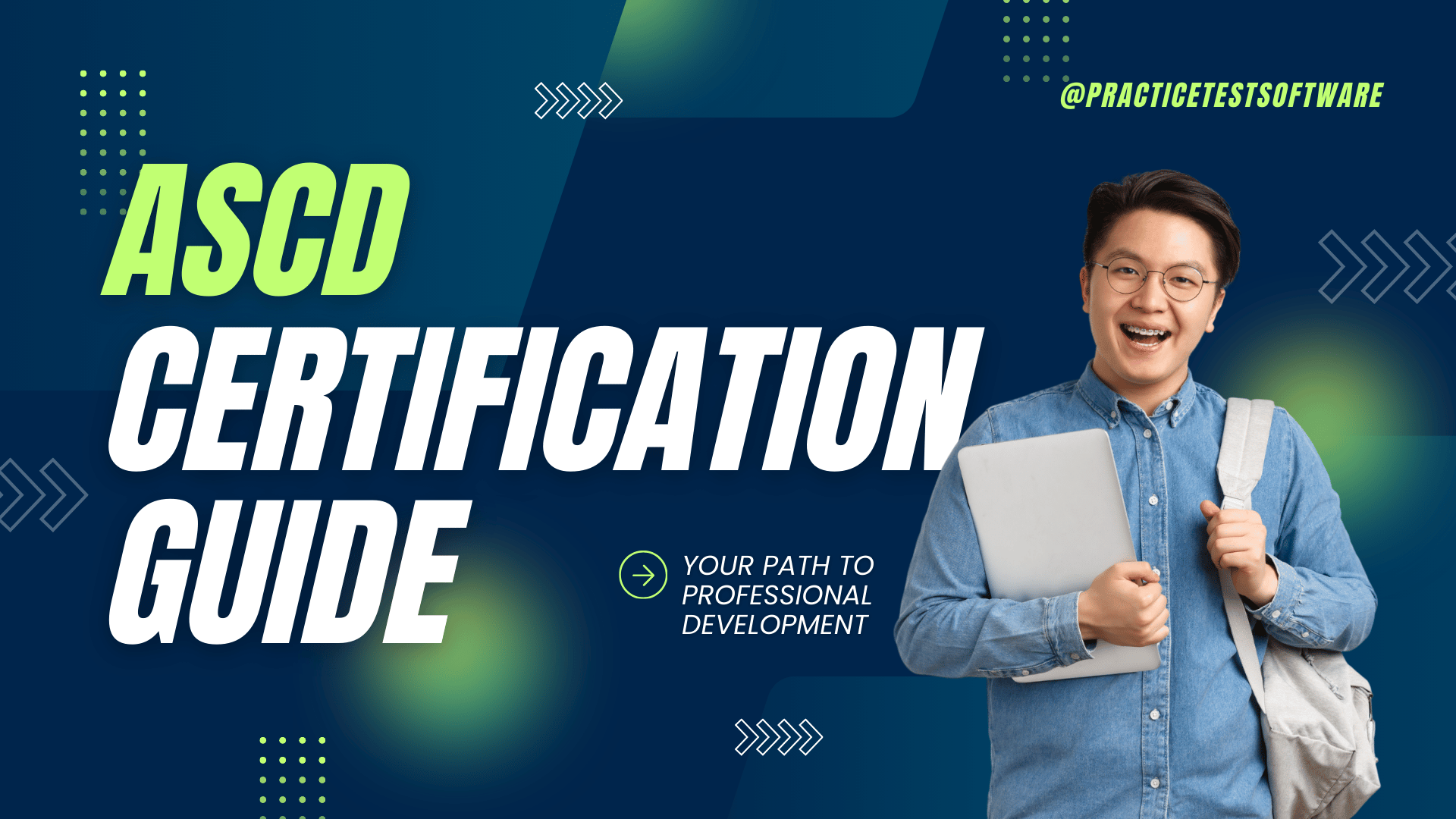In today’s fast-evolving professional landscape, continuous learning has become essential for career growth and long-term success. For educators, trainers, and leaders who want to advance their skills and stay relevant, certifications offer a structured path toward mastery. One of the most recognized programs in this space is the ASCD Certification, designed to support professionals in education and leadership.
This guide explores what ASCD Certification is, why it matters, the benefits it offers, and how you can prepare to achieve it successfully.
What Is ASCD Certification?
ASCD (Association for Supervision and Curriculum Development) is a global organization dedicated to advancing excellence in learning, teaching, and leading. Its certification programs are tailored for educators, administrators, and instructional leaders who want to improve their knowledge, demonstrate professional expertise, and positively impact student outcomes.
ASCD Certification validates your ability to apply best practices in curriculum design, instructional strategies, and educational leadership. Whether you’re a teacher aiming for career advancement or an administrator seeking to strengthen leadership skills, ASCD provides a professional framework to help you succeed.
Why Choose ASCD Certification?
With many professional development options available, you might wonder why ASCD Certification stands out. Here are a few compelling reasons:
- Global Recognition
ASCD is internationally respected in the education field. Earning certification from this organization signals credibility and commitment to excellence. - Career Advancement
Certification enhances your resume, making you more competitive for promotions, leadership positions, or specialized teaching roles. - Practical Skill Development
The program focuses on real-world applications rather than just theory, helping you implement effective strategies in classrooms and institutions. - Networking Opportunities
ASCD connects you with a global community of educators and leaders, opening doors to collaboration, mentorship, and career growth. - Commitment to Lifelong Learning
The certification process reinforces the habit of continuous professional development, a vital trait in the dynamic education sector.
Key Benefits of ASCD Certification
1. Enhanced Teaching and Leadership Skills
Certification equips educators with tools to design effective curricula, use innovative instructional strategies, and adapt to diverse learning needs.
2. Improved Student Outcomes
By applying the principles and methods gained through ASCD, educators can create engaging, student-centered learning environments that foster success.
3. Recognition of Expertise
ASCD Certification distinguishes you as a professional dedicated to excellence and best practices, gaining respect among peers and administrators.
4. Flexibility and Accessibility
Most ASCD certification programs offer online and hybrid options, allowing professionals to learn at their own pace while managing work responsibilities.
5. Increased Earning Potential
Professional certifications often lead to higher salaries or stipends in many school districts and educational organizations.
Who Should Pursue ASCD Certification?
ASCD Certification is suitable for a wide range of professionals, including:
- Teachers who want to improve instructional practices and stand out in their schools.
- Principals and administrators seeking to strengthen leadership skills and policy knowledge.
- Curriculum developers interested in designing impactful learning frameworks.
- Education consultants and trainers who want to establish credibility and expand their services.
Whether you’re just starting your career or already in a leadership position, ASCD Certification provides a structured path for growth.
Steps to Achieving ASCD Certification
Step 1: Research the Program
Start by exploring ASCD’s official website to review the available certification options. Each program has its own focus, requirements, and outcomes.
Step 2: Assess Eligibility
Some certifications may require a minimum number of years in teaching or leadership roles. Ensure you meet the prerequisites before applying.
Step 3: Enroll in the Program
Once you’ve selected the certification that aligns with your career goals, complete the application and enrollment process.
Step 4: Complete Training Modules
The certification includes structured modules, which may cover topics like curriculum design, instructional leadership, student engagement, and assessment methods.
Step 5: Participate in Assessments
Expect assignments, projects, or exams designed to test your understanding and ability to apply the skills learned.
Step 6: Earn Your Certification
Upon successful completion, you’ll receive your ASCD Certification, which you can highlight on your resume, LinkedIn, and professional portfolio.
Tips for Success in ASCD Certification
- Create a Study Plan
Dedicate specific hours each week to coursework and review. Consistency is key. - Engage with Peers
Participate in discussion forums and connect with other educators in the program. Sharing insights can deepen your understanding. - Apply Learning in Real Life
Use your classroom or workplace as a testing ground for the strategies you learn. Practical application cements knowledge. - Seek Mentorship
If possible, connect with a certified professional for guidance and advice. - Stay Motivated
Keep your long-term career goals in mind. Remember that certification is an investment in your future.
The Future of Professional Development with ASCD
As the education landscape continues to evolve with technology, changing student needs, and new policies, professional development is more important than ever. ASCD Certification ensures you remain adaptable and capable of leading with confidence in the face of these changes.
Employers value certified professionals who are committed to continuous improvement. By pursuing ASCD Certification, you’re not only investing in your career but also contributing to the broader mission of enhancing education worldwide.
ASCD Certification is more than just a credential it’s a pathway to becoming a more effective educator and leader. It empowers you to advance your career, improve student outcomes, and stay ahead in a competitive field.

